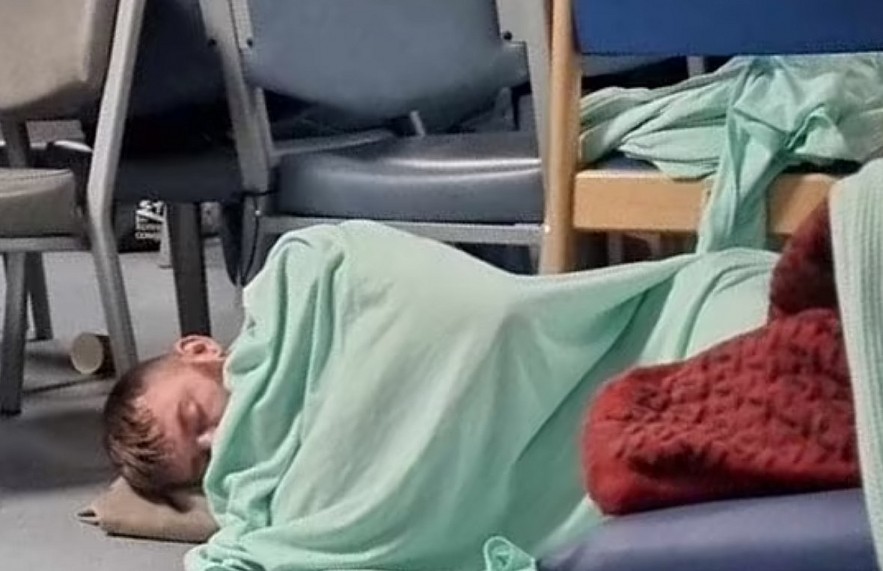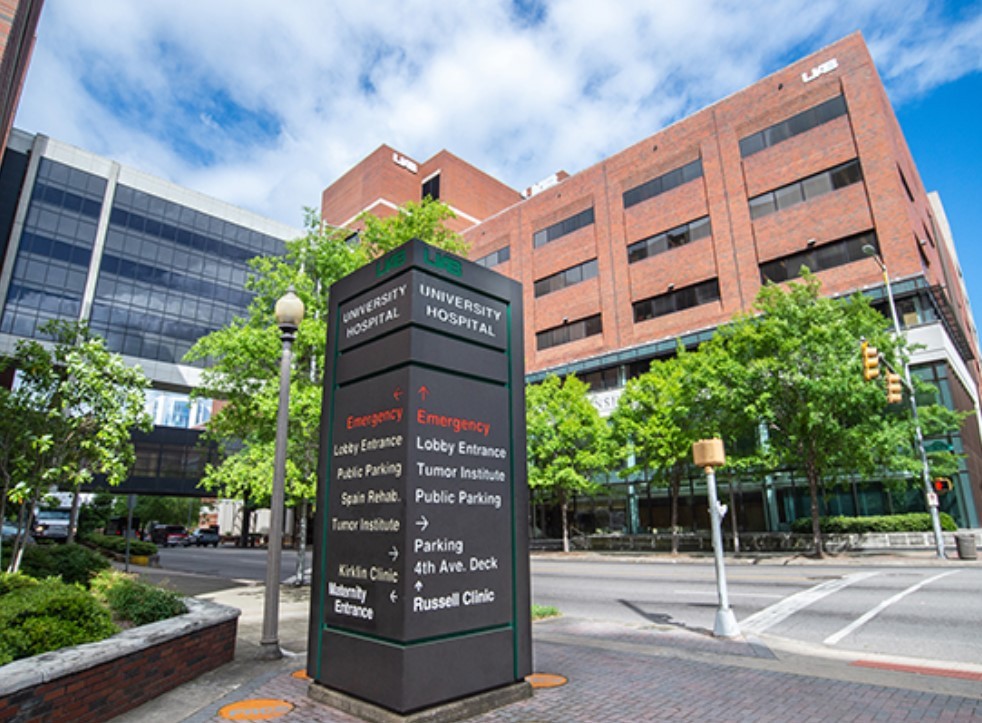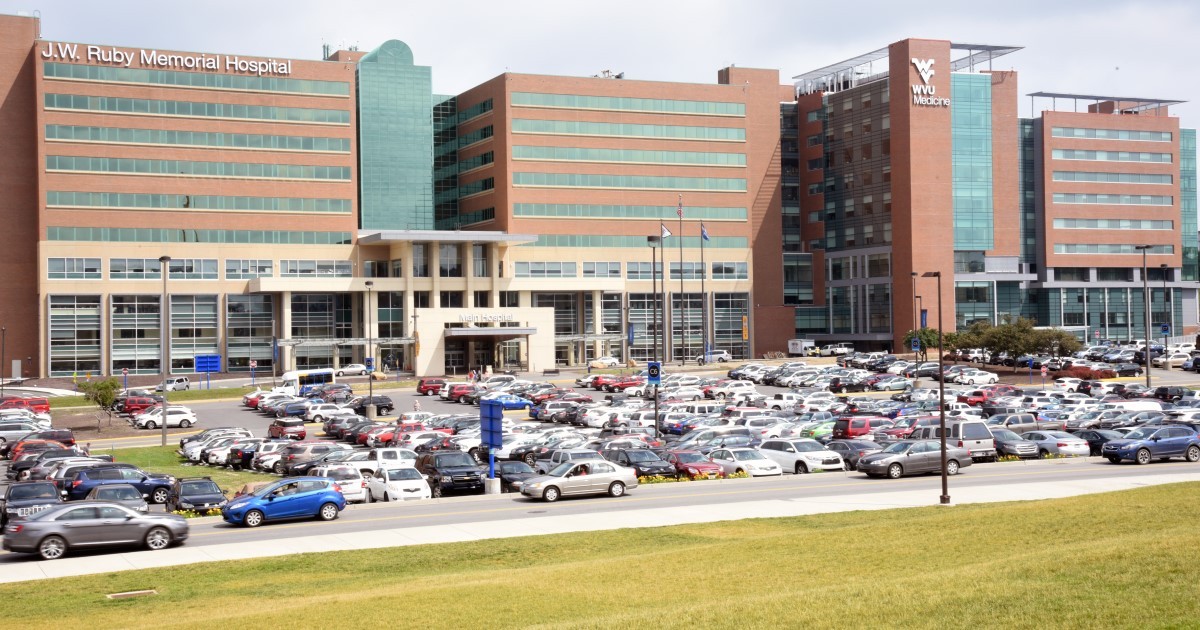The Shocking Truth Behind the Record 518,000 Patients Facing 12-Hour Trolley Waits in A&E
 |
| In November, Steven Wells (pictured sleeping on the floor at William Harvey Hospital in Ashford, Kent) had to wait for admission for 45 hours in A&E after he began throwing up blood. |
This staggering figure marks a 25% increase compared to 2023 and casts a glaring spotlight on the ongoing crisis within the National Health Service (NHS). To put this into perspective, in 2019, only 8,272 patients faced such long waits. The exponential growth in these numbers paints a dire picture of a healthcare system teetering on the brink, plagued by chronic underfunding, staffing shortages, and overwhelming demand.
A&E Departments: A Crumbling Foundation
Accident and Emergency (A&E) departments are designed to serve as lifelines for individuals in critical need of immediate medical attention. However, they have increasingly become bottlenecks in the system, struggling to cope with rising patient numbers and inadequate resources.
Why Are Patients Waiting So Long?
The root causes of these unprecedented delays are multifaceted and interconnected:
High Bed Occupancy Rates: Hospitals are currently operating at 93% bed occupancy, far exceeding the safe limit of 85% recommended by the Royal College of Emergency Medicine. This leaves little capacity for emergencies and contributes to severe delays in transferring patients from A&E to hospital wards.
Staffing Shortages: Despite the tireless dedication of NHS staff, the workforce remains critically understaffed. The inability to fill vacant positions in both clinical and non-clinical roles further exacerbates the strain on the system.
Aging Infrastructure: Many hospitals lack the physical capacity and facilities to manage increasing demand, forcing the use of makeshift spaces like corridors and even car parks for patient care.
The Quad-Demic: The combined impact of flu, Covid-19, norovirus, and respiratory syncytial virus (RSV) has pushed A&E departments to their limits, overwhelming them with critically ill patients.
Corridor Care: The New Normal?
One of the most alarming developments is the normalization of "corridor care"—a term used to describe the practice of treating patients in hospital corridors due to a lack of available beds. This was once considered an extreme measure, reserved for crises, but has now become a routine occurrence. Hospitals like Whittington Hospital in North London have even advertised for a dedicated "corridor nurse," a role specifically created to manage patients stuck in these overcrowded conditions.
Dr. Ian Higginson, an emergency medicine expert, starkly summarized the situation by stating, “Almost every hospital is treating patients in corridors and car parks.” His words are a chilling reminder of just how dire the situation has become. While hospital trusts have defended these measures as last resorts, they underscore the systemic failures that have led to such desperate solutions.
The Broader Implications of Long A&E Waits
The impact of these prolonged waits extends far beyond statistics. The human cost is both profound and deeply troubling.
Patient Outcomes at Risk
Long waits in A&E are directly linked to worsened patient outcomes. Research shows that delays of 12 hours or more can significantly increase the risk of mortality, especially for individuals suffering from conditions like strokes, sepsis, or cardiac arrest. Patients left waiting in pain and uncertainty often experience deteriorating health, turning what might have been manageable conditions into life-threatening emergencies.
Psychological Toll on Patients and Families
For patients and their loved ones, the experience of waiting on a trolley in a crowded, chaotic A&E is harrowing. The uncertainty, discomfort, and lack of privacy exacerbate the stress of already difficult situations. This psychological toll is particularly pronounced for vulnerable groups, such as the elderly or those with chronic illnesses.
NHS Staff Burnout
The crisis also takes a heavy toll on NHS staff. Doctors, nurses, and support workers are under immense pressure to deliver high-quality care in impossible conditions. Many report feeling overwhelmed, demoralized, and burnt out, with some even leaving the profession altogether. Despite their heroic efforts, they are often left to bear the brunt of patient frustration and systemic failures.
A Call for Government Action
The response from policymakers has been mixed, with the government acknowledging the challenges but failing to act swiftly enough to address them. The Liberal Democrats, who compiled the data, have called on the government to implement immediate measures to bring bed occupancy rates down to safe levels. Helen Morgan, the party’s health spokesperson, accused the government of being "asleep at the wheel" and demanded an emergency plan to protect patients.
Meanwhile, Health Secretary Wes Streeting’s department admitted, “It will take time to fix our broken NHS, but it can be done.” While this statement offers a glimmer of hope, critics argue that the government’s response lacks the urgency required to tackle the crisis head-on.
Proposed Solutions
Experts and healthcare organizations have proposed several key measures to alleviate the strain on A&E departments:
Increase Bed Capacity: Investing in additional hospital beds is essential to reducing occupancy rates and creating the flexibility needed for emergencies.
Expand Workforce: Addressing staffing shortages through targeted recruitment campaigns and improved working conditions is crucial to ensuring that hospitals are adequately resourced.
Streamline Patient Flow: Improving coordination between A&E departments, hospital wards, and community care services can help minimize delays and optimize patient transfers.
Upgrade Facilities: Modernizing hospital infrastructure will enable the NHS to better handle surges in demand and reduce reliance on makeshift solutions like corridor care.
Focus on Preventative Care: Strengthening primary care services can help reduce the burden on A&E departments by addressing health issues before they become emergencies.
The Role of the Quad-Demic
The pressures of the "quad-demic"—flu, Covid-19, norovirus, and RSV—have been a major driver of the recent surge in A&E admissions. Hospitals have reported critical incidents during peak periods, with some struggling to cope with the influx of patients. These overlapping health crises highlight the importance of robust public health measures, such as vaccination campaigns and infection control protocols, to reduce the strain on healthcare systems.
Conclusion: An Urgent Need for Reform
The shocking figure of 518,000 patients enduring 12-hour trolley waits is a symptom of a healthcare system in crisis. While the NHS remains a cornerstone of British society, its ability to meet the needs of the population is increasingly under threat. Urgent and decisive action is required to prevent further harm and restore public confidence in the system.
At its core, this crisis is about people—patients left waiting in pain, families struggling with uncertainty, and healthcare workers striving to do their best under impossible circumstances. The question now is whether policymakers will rise to the challenge and implement the bold reforms needed to save the NHS, or whether they will allow the crisis to deepen. The time for action is now, before more lives are put at risk.
 Top 20 BEST HOSPITALS in the United Kingdom, Ranked by Newsweek Top 20 BEST HOSPITALS in the United Kingdom, Ranked by Newsweek Are you trying to find the UK's greatest, most prestigious hospital? Use Knowinsiders to explore Newsweek Magazine's most recent rankings and make an informed decision. |
 10 Highest Paying Jobs in the UK: Healthcare Dominate 10 Highest Paying Jobs in the UK: Healthcare Dominate Are you looking for high-paid jobs? Which are the Highest Paying Jobs in the UK? |
 Multiple Solutions for Health Workforce Shortage Multiple Solutions for Health Workforce Shortage The healthcare system and workforce have escalated significantly with Covid-19 pandemic. |
 Retiring in 2025? Essential Tips for Financial Security, Housing, and Healthcare Retiring in 2025? Essential Tips for Financial Security, Housing, and Healthcare Retiring in 2025 presents a unique opportunity to embrace a new phase of life with confidence. However, it requires thoughtful preparation across several key areas: ... |


























